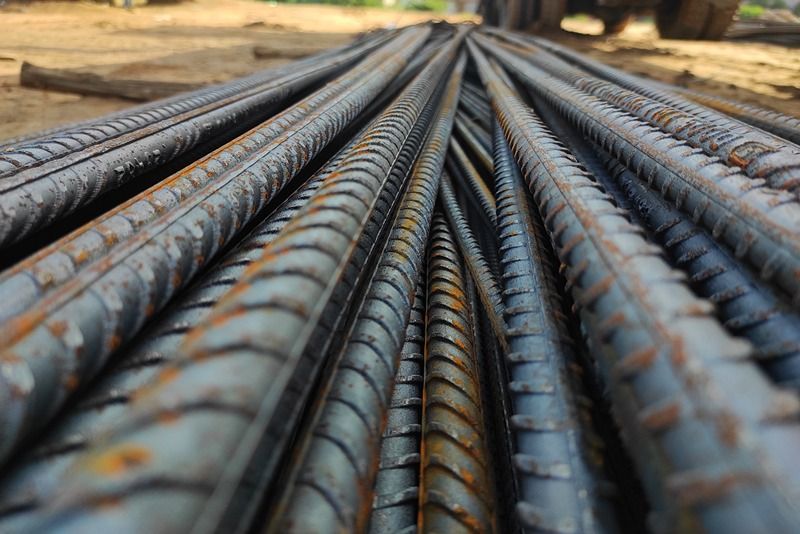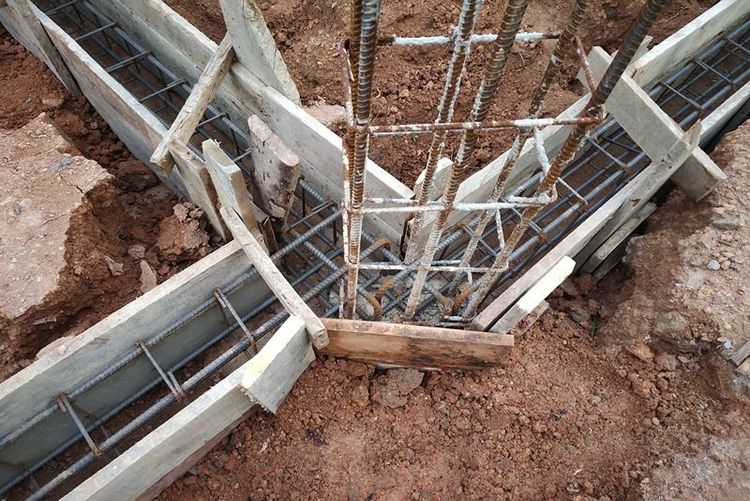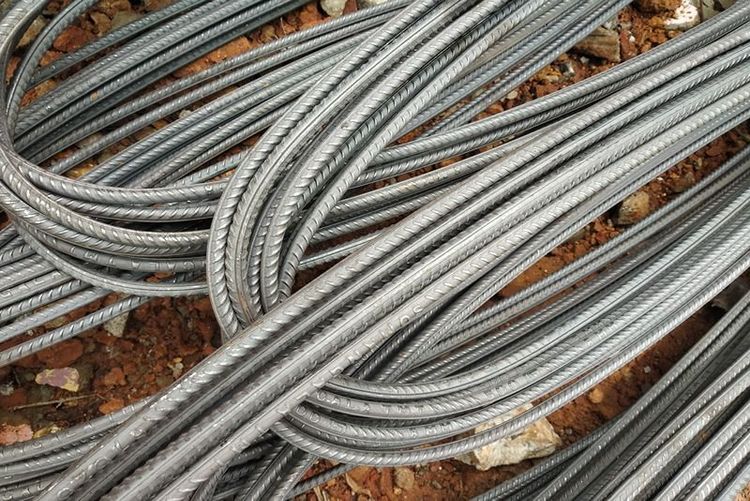Case studies
Research by the Indian Institute of Technology (IIT) Kanpur shows that switching from Fe415 to Fe550D in a residential high-rise can cut TMT bar usage by nearly 18%. Similarly, using Fe600 in industrial buildings has been shown to reduce material usage by up to 25%, without compromising safety or durability.
Things to keep in mind when using fewer TMT bars
Optimising the design
Reducing the number of bars requires precise planning. Engineers can use modern tools like Building Information Modelling (BIM) to optimise the layout and ensure the structure remains strong and safe.
Following safety codes
In India, construction projects must comply with IS 456:2000 and IS 1786:2008 standards, which specify how TMT bars should be used. MSMEs should work with engineers who are familiar with these guidelines.
Seismic safety
For areas prone to earthquakes, using high-ductility bars like Fe550D is a must. These bars help structures absorb seismic shocks and reduce the risk of collapse.
Quality matters
It’s crucial to source TMT bars from reliable suppliers. Substandard bars can compromise the safety and longevity of a project. Checking certifications and mill test reports is good practice.
How JSW One MSME simplifies TMT bar procurement
Sourcing high-quality TMT bars can be a challenge for MSMEs, but platforms like JSW One MSME are changing the game. Here’s how:
Access to top-quality materials: The platform offers a wide selection of TMT bars, including Fe550D and Fe600 grades, from trusted manufacturers.
Detailed product information: MSMEs can view technical specifications, certifications, and compliance details, helping them make informed choices.
Cost savings: With real-time price comparisons and bulk discounts, the platform ensures MSMEs get the best value for their money.
Logistics and credit support: From doorstep delivery to flexible payment options, JSW One MSME makes procurement hassle-free.
Addressing common concerns A higher upfront cost?
While higher-grade TMT bars may have a higher per-unit cost, the savings from reduced quantities and faster construction quickly offset this. Educating teams and stakeholders about these long-term benefits is essential.
Adapting to new designs
Switching to fewer bars may require changes in design practices. Providing training and resources for engineers and contractors can ensure a smooth transition.






 +91 7208055523
+91 7208055523
 Help & support
Help & support
